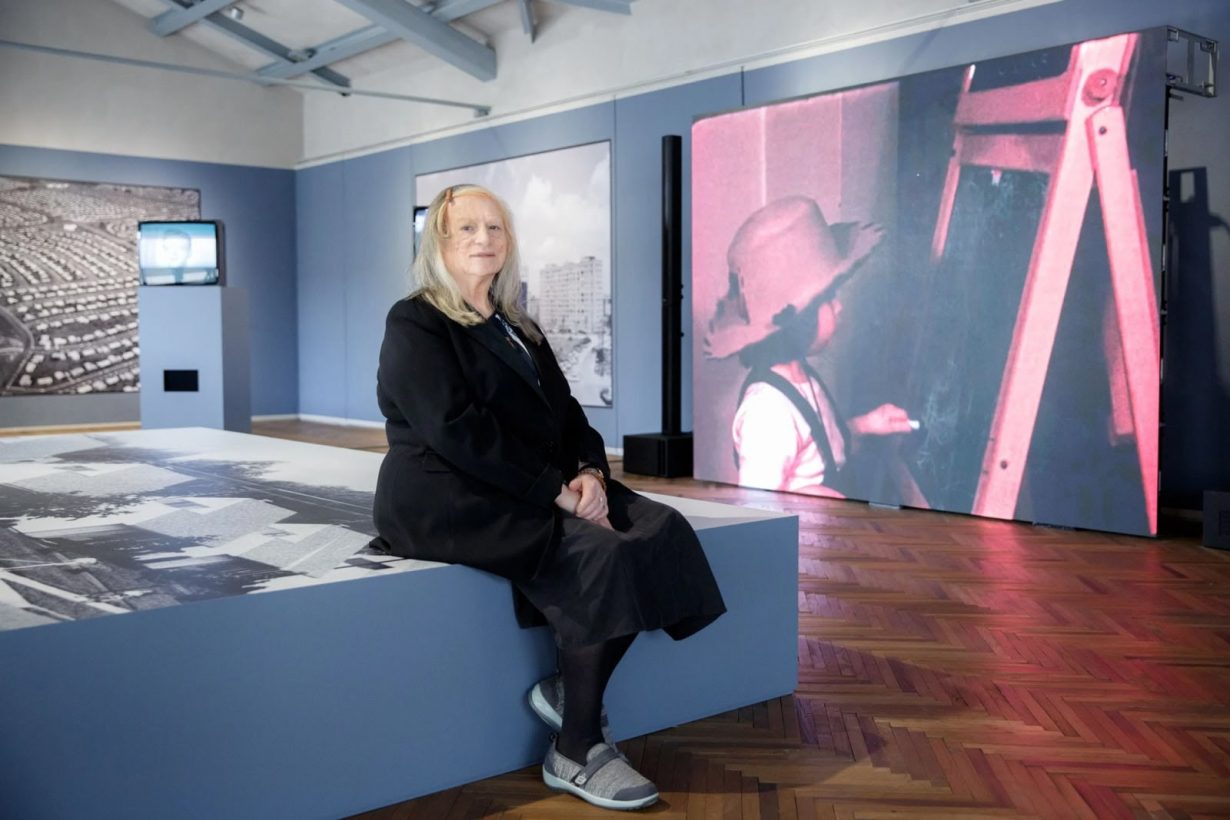
Dara Birnbaum, a pioneer of video art, has died. Birnbaum came to prominence in the 1970s, recognising television not just as a revolutionary medium in communications, but as a new source of material in artmaking, too.
Technology/Transformation: Wonder Woman (1978–79) remained one of her most iconic works, featuring clipped and repeated footage from the titular TV series. It opened with the character Diana Prince performing her transformative spin from secretarial into superhero role, with the work offering a commentary on gendered representation in pop culture. The repetition and precise cuts mimicked the manner in which television led the viewer to an edited understanding of the footage and society as a whole. In the 1979 work Kiss The Girls: Make Them Cry Birnbaum isolated and collaged the introductory gestures of the celebrity contestants of the television game show Hollywood Squares, offering a study in body language, projection and semiotics. TV icons became Birnbaum’s staple motif: in the frenetic two-minute video Kojak/Wang (1980), the artist used clips from the television police procedural – all guns and screwed up faces – to comment on masculinity, fragility, violence and sexuality.
Her use of television imagery was as radical formally as it was conceptually, given how hard it was it get hold of the material. Birnbaum recalled to e-Flux, ‘Source material was gathered late at night in commercial studios through friends, or through sympathetic producers of local cable-TV. Whereas in 1985, all it might take to gather “off-air” imagery, for works similar in nature, would be a simple phone call to a friend with a home-video recorder.’
Birnbaum was born in New York City where she continued to live throughout her life. She studied architecture at Carnegie Mellon University, Pittsburg, before moving to a B.F.A. in painting from the San Francisco Art Institute, and a certificate in Video and Electronic Editing at the Video Study Center at the New School for Social Research, New York.
Her work has been the subject of several major retrospectives over the decades, including at Belvedere Palace, Vienna (2024); Prada Aoyama, Tokyo (2023); Fondazione Prada, Milan (2023); Hessel Museum of Art, Annandale-On-Hudson, New York (2022); Miller Institute of Contemporary Art, Pittsburgh (2022); Museu de Arte Contemporånea de Serralves, Porto, Portugal (2010) and S.M.A.K. Stedelijk Museum voor Actuele Kunst, Gent, Belgium (2009). She participated in Documenta 7, 8, and 9. Recently, she was included in Radical Software: Women, Art & Computing, 1960–1991 at Mudam, Luxembourg.